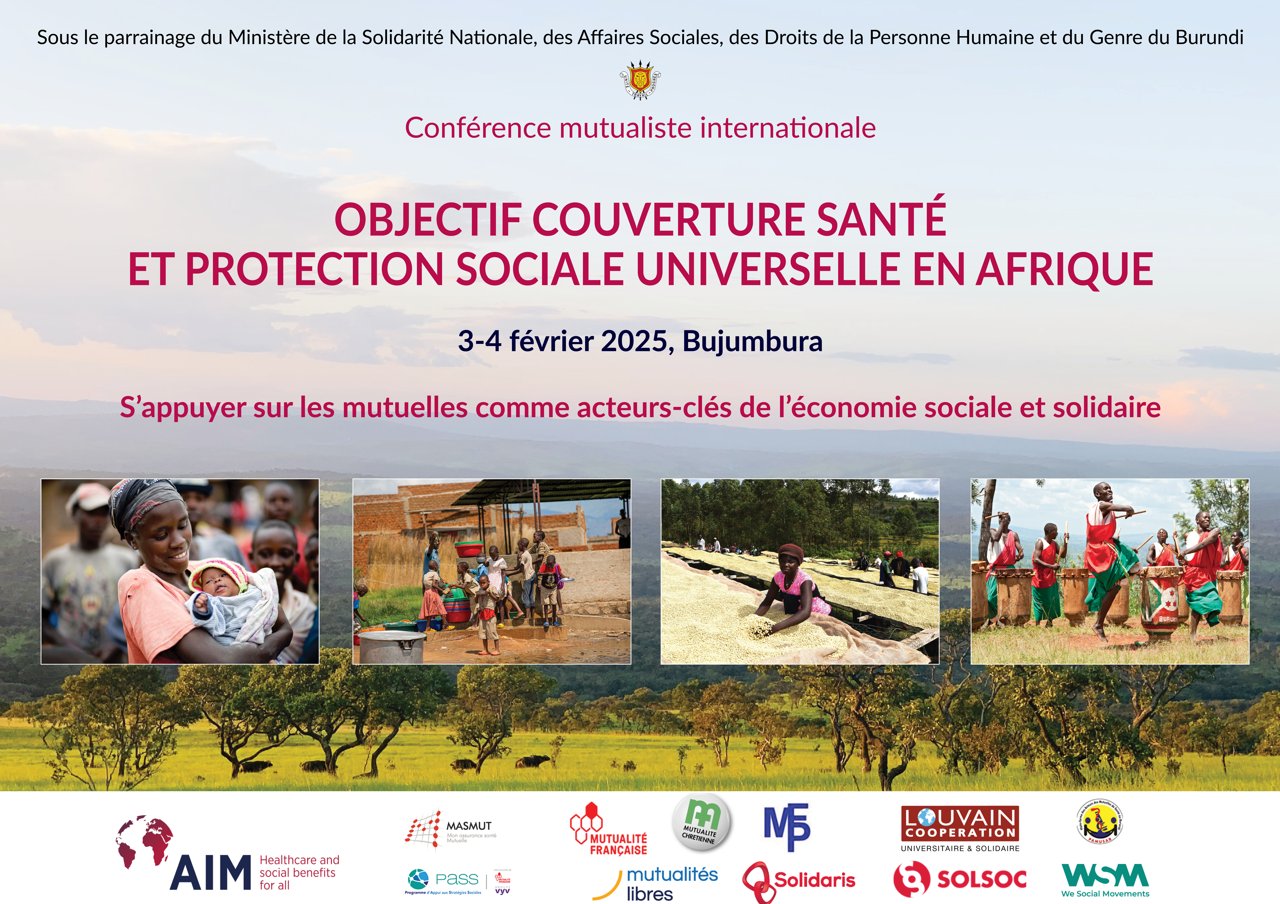Several mechanisms for financing access to health care have been implemented in Burundi since 1987.
- Public Service Mutual Fund (MFP) covering approximately 7% of the population
- Private Sector Mutual Fund (MSP) covering 1.5 to 2%
- Community Health Mutuals covering 0.5%
- Medical Assistance Card for the informal and rural sector
- Free health care for children under five and pregnant women combined with performance-based funding
This last mechanism has improved the quality and use of health services and has contributed to a significant decline in infant mortality, projected at 37.9 per 1,000 in 2022. The maternal mortality rate is gradually declining but remains high at an estimated 494 per 100,000 live births (2020).
The health financing system is fragmented. It does not promote the sharing of disease risk among various groups or show gains in efficiency. These shortcomings owe to the multiplicity of financing structures and management costs. The majority of Burundians lack medical insurance. Only 22% of the population was covered, according to the Demographic and Health Survey of Burundi 2016-2017.
Reforms envisaged for universal health coverage (UHC)
Burundi has developed a health financing strategy for the next seven years , to move towards UHC, a priority for the government. The prime minister’s office chairs a steering committee that includes various sectors and actors and is guiding the process .
The reforms envisaged address the three main functions of health financing: revenue collection, risk pooling, and purchasing, as well as governance issues. In a first phase, the plan is to set up a system of compulsory universal health coverage of the contributory type with a common fund for the informal and rural sectors that captures and pools funding and creates the necessary operational mechanisms while maintaining and strengthening MSP. In a second phase, the plan is to create a single fund to pool all the funds and improve the sharing of disease risk, boost national solidarity, create cross-subsidies from “the well to the sick” and increase equity of access to quality care for the entire population of Burundi.
Efforts to reprioritize health and social health protection are needed. Avenues for improvement include more favorable taxation, improved efficiency and management of public finances through the effective implementation of programs, and predictability of external funding to meet funding needs.



